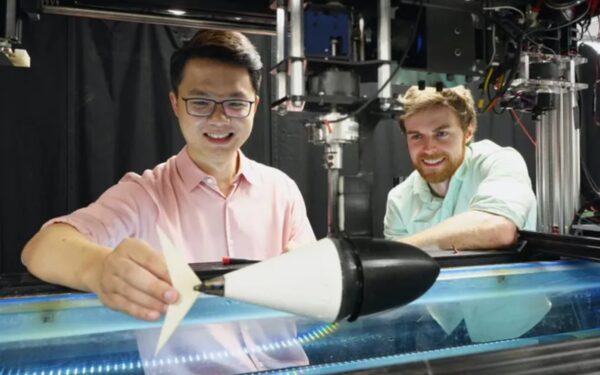
The robots that can swim underwater are nothing new. For example, Carnegie Mellon equipped its famous snake snake with turbines and propellers earlier this year to give water capacities. But few can do it with grace, speed and lack of effort from a real life fish. And it is not that scientists have avoided trying to create a robot that can do just that, but the exact form of fish swim faster or slower is something that has proven to be elusive.
Marine biologists have known for a while that the secret is somewhere in the way they can alter the rigidity of their queues. The problem is that it is difficult to measure than while a fish nothing. However, using a combination of fluid and biomechanical dynamics, researchers at the University of Virginia say that they have derived a formula that not only provides an answer to that question, but also allows a robot with a specially designed queue so good As its natural counterpart by accelerating and decreasing the speed in the water.
When they applied the formula to a robot similar to a tuna they built, they found that it could swim at a greater variety of speeds using almost half of the energy as one with a fixed rigidity queue. If you are a cyclist, you will love this analogy. “Having a rigidity in the queue is like having a gear ratio on a bicycle,” he said to Big Think, Dan Quinn, one of the co-authors of the study, told Big Think. “You would only be efficient at one speed, it would be like biking through San Francisco with a fixed gear bike; You would be exhausted after a few blocks.”
With a tuna size machine under your belt, the Virginia University team plans to scale its tail technology for use in larger and smaller robots. They are also developing one that joins as a line. Your job could one day take a class of drones that can travel quickly at a remote location and then decrease the speed to investigate the area. As an aquatic snake, that’s something that the Navy could use to inspect your boats by damage.





